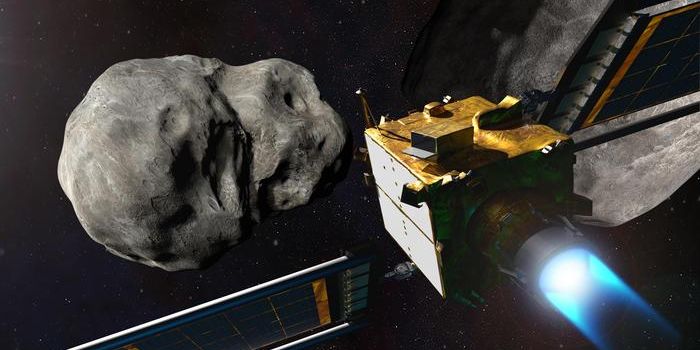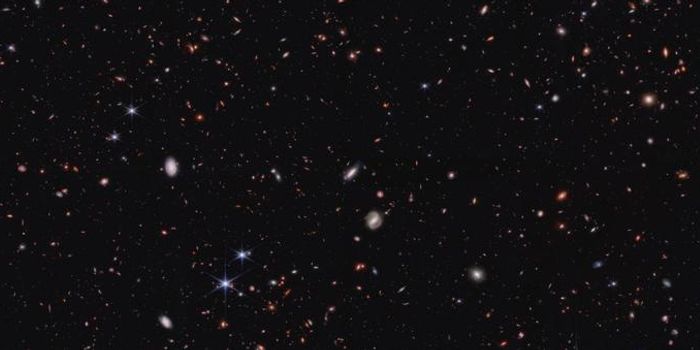Breakthrough Diffuser Technology Could Revolutionize Ground-Based Exoplanet Research
One of the reasons we have observatories floating around in space, like the Hubble Space Telescope, is that ground-based telescopes aren’t as capable at studying other worlds. The Earth’s atmosphere gets in the way, distorting what we see and causing inconsistencies in measurements that make observations more challenging.
Space telescopes circumvent this problem by residing in outer space, where there's no atmosphere to distort anything. Space telescopes, take advantage of this to spy on distant exoplanets and help astronomers learn more about them.
But now, an incredible breakthrough developed by Pennsylvania State University researchers promises to make ground-based observatories just as capable of exploring exoplanets as space-based observatories.
Image Credit: left: RPC Photonics; right: Gudmundur Stefansson via Penn State
Published in The Astrophysical Journal, the researchers describe an entirely new beam-shaping diffuser system for ground-based observatories that filters out the atmospheric distortions that disrupt observations.
What’s more, the researchers say, is that the attachment is shockingly cost-efficient and capable of achieving results similar in quality to photometric observations performed by space-based observatories.
“This inexpensive technology delivers high photometric precision in observations of exoplanets as they transit -- cross in front of -- the bright stars that they orbit,” said study lead author Gudmundur Stefansson from Pennsylvania State University.
“This technology is especially relevant considering the impending launch of NASA’s Transiting Exoplanet Survey Satellite (TESS) early in 2018. It is up to ground-based facilities to rapidly and reliably follow-up on candidate planets that are identified by TESS.”
What the attachment does is enable ground-based observatories to take light measurements from distant exoplanets as they transit their host star. Data of this nature helps astronomers determine a world’s chemical composition, habitability characteristics, and size from afar.
Related: Could aliens observe the Earth in the same way that we observe other exoplanets?
The diffuser shapes the light output in such a way that the Earth’s atmosphere can’t drown out a clear signal. In turn, it’s almost as if the Earth’s atmosphere isn’t even there to disrupt anything when making observations from the ground.
The diffusers can be tailored for a wide range of different ground-based observatories, potentially opening new doors to diffuser-assisted photometry and advancing exoplanet research exponentially.
So far, the researchers have already tested the technology with the Hale telescope at Palomar Observatory in California, the 0.6m telescope at Davey Lab Observatory at Pennsylvania State University, and the ARC 3.5m Telescope at Apache Point Observatory in New Mexico.
Excitingly, the diffusers upheld steady sizes, shapes, and intensities of everything observed, which is imperative when you're trying to capture precise measurements. Without the diffusers, flashing and strobing were present from turbulences in Earth's atmosphere, which aren't ideal for making accurate measurements:
Related: China's new FAST radio telescope is now fully operational
As it would seem, the new technology shows a lot of promise. Within just a few more years, it would be possible to retrofit the diffusers to many of the world’s ground-based observatories, making exoplanet observations more readily accessible to astronomers.
And this, friends, is why science is awesome.
Source: Pennsylvania State University









